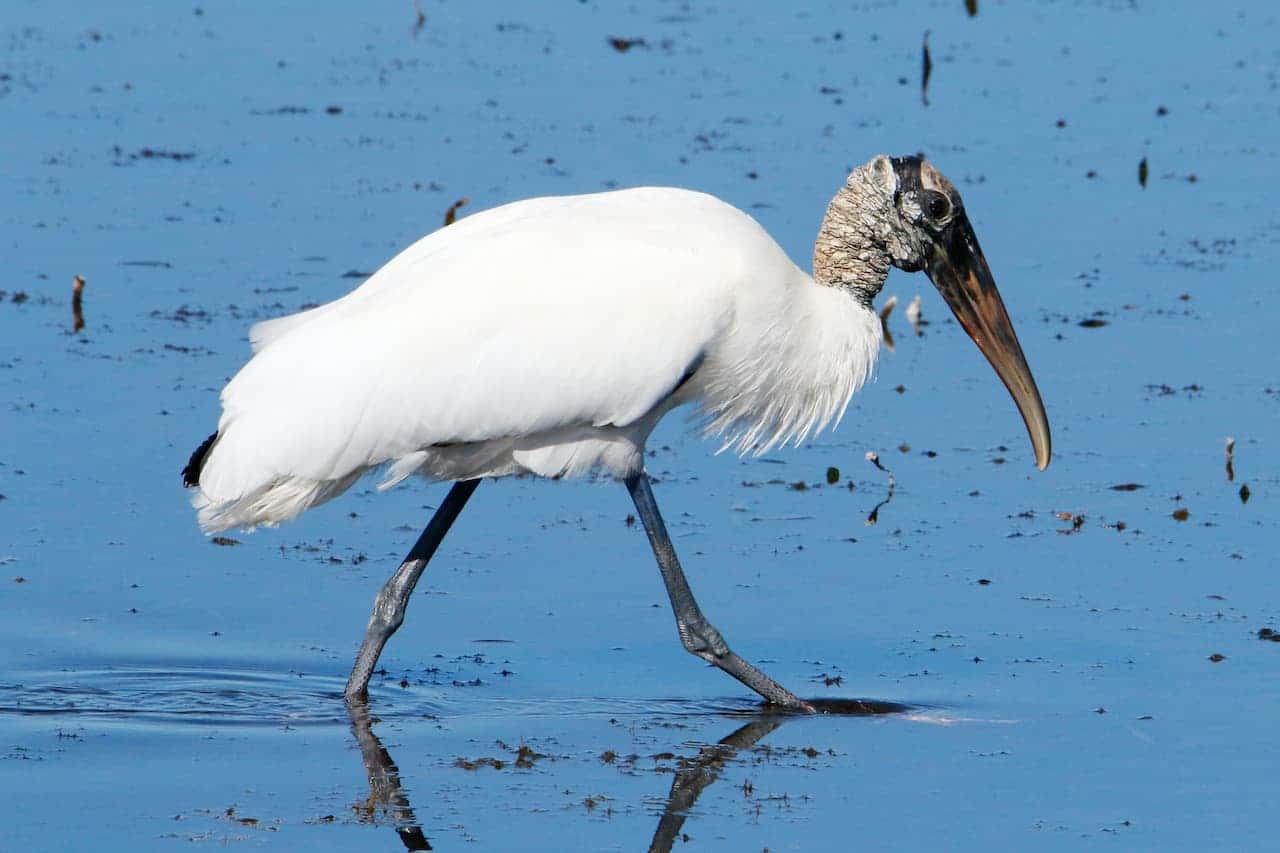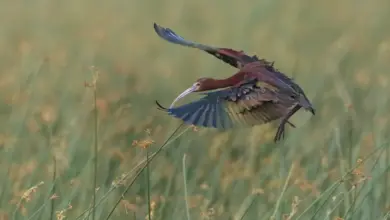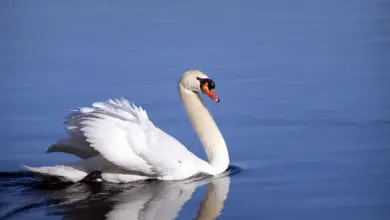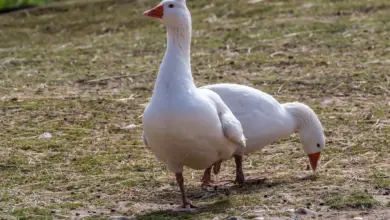The Barrow’s Goldeneye Duck (Bucephala islandica) is a medium-sized sea duck of the genus Bucephala, the goldeneyes.
This bird was named after Sir John Barrow.
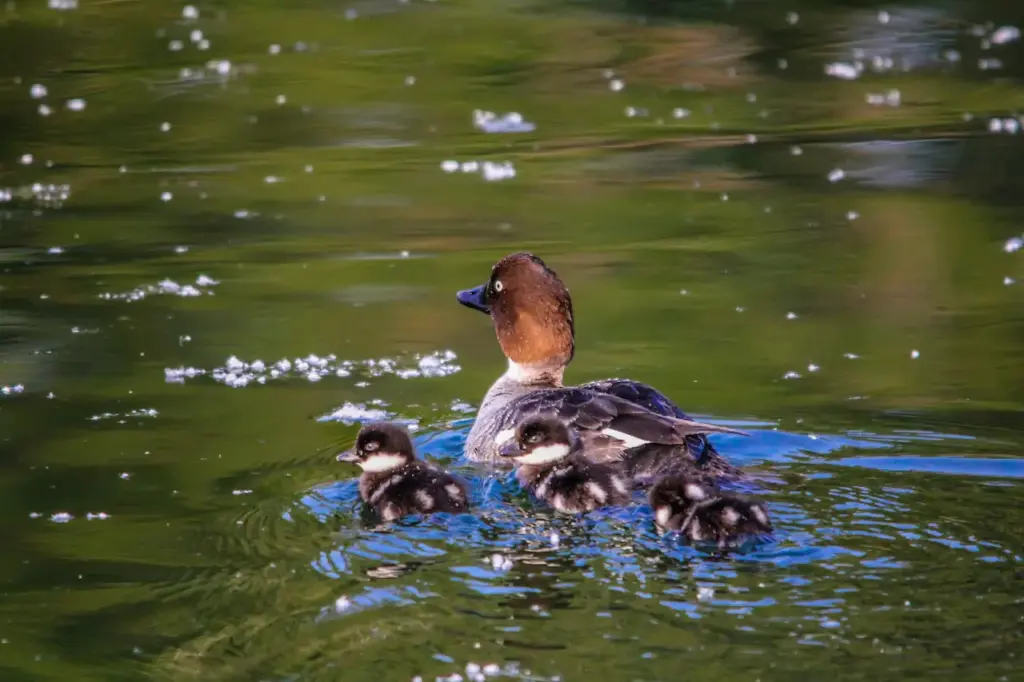
Description:
Adults are similar in appearance to the Common Goldeneye.
Adult males have a dark head with a purplish gloss and a white crescent at the front of the face.
Adult females have a yellow bill.
Breeding / Nesting:
Their breeding habitat is wooded lakes and ponds primarily in northwestern North America but also in scattered locations in eastern Canada and Iceland. In Icelandic the bird is known as húsönd (house-duck); it is a common species of the Lake Mývatn in the north of the country.
The Barrow’s Goldeneye Duck nests in cavities in trees, in burrows, or in protected sites on the ground.
Range
They are migratory and most winter in protected coastal waters or open inland waters. For winter, it migrates to the coast. It is an extremely rare vagrant to western Europe and southern North America.
This goldeneye tends not to share habitat with the much more numerous Common Goldeneye.
Diet / Feeding
These diving birds forage underwater. They eat aquatic insects, crustaceans, and pond vegetation. They nest in cavities in trees, in burrows, or in protected sites on the ground. This goldeneye tends not to share habitat with the much more numerous Common Goldeneye.
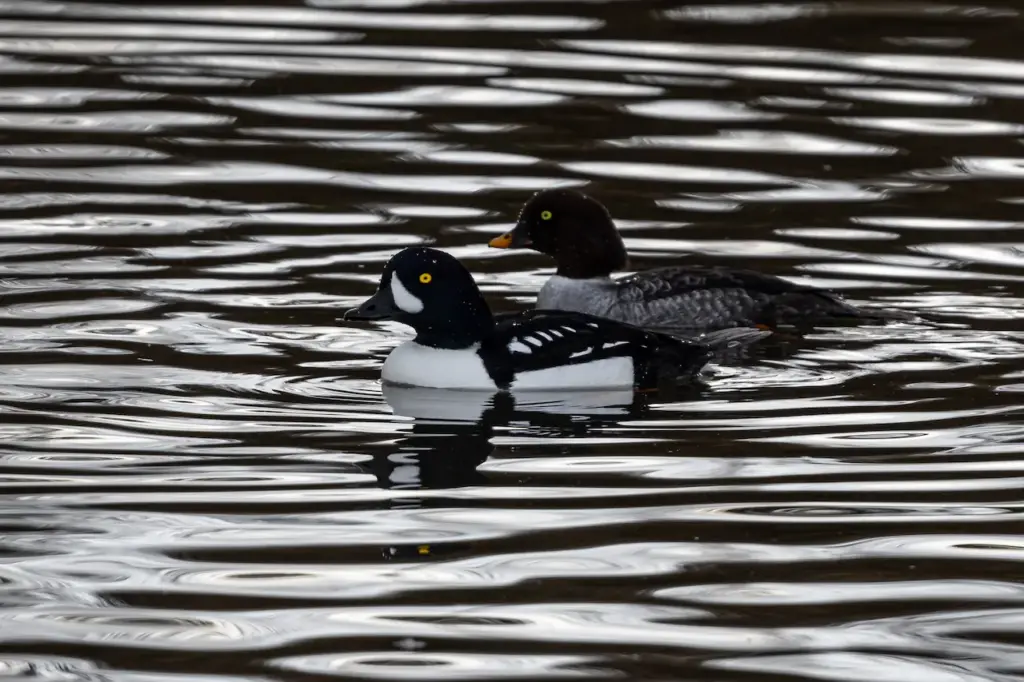
Copyright: Wikipedia. This article is licensed under the GNU Free Documentation License. It uses material from Wikipedia.org.
Diet / Feeding:
Barrow’s Goldeneyes Duck are diving birds that forage underwater. They eat aquatic insects, crustaceans, and pond vegetation. Speaking in general terms, ducks feed off of larvae and pupae usually found under rocks, aquatic animals, plant material, seeds, small fish, snails, and crabs.
Feeding Ducks …
We all enjoy ducks and many of us offer them food to encourage them to come over and stay around – and it works! Who doesn’t like an easy meal?
However, the foods that we traditionally feed them at local ponds are utterly unsuitable for them and are likely to cause health problems down the road. Also, there may be local laws against feeding this species of bird – so it’s best to check on that rather than facing consequences at a later stage.
- Foods that can be fed to Ducks, Geese, and Swans to survive cold winters and remain healthy when food is scarce in their environment.
Please note that feeding ducks and geese makes them dependent on humans for food, which can result in starvation and possibly death when those feedings stop. If you decide to feed them, please limit the quantity to make sure that they maintain their natural ability to forage for food themselves – providing, of course, that natural food sources are available.
Please Note: The articles or images on this page are the sole property of the authors or photographers. Please contact them directly with respect to any copyright or licensing questions. Thank you.

